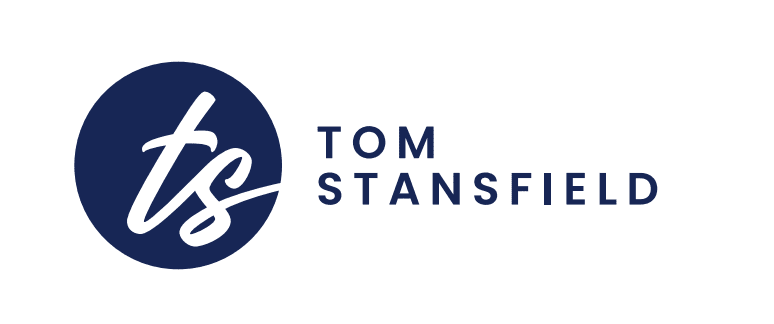ChatGPT was down yesterday… It seem that AI is having a moment. People are loving it though – from customer service bots to entire websites written in minutes, it’s clear artificial intelligence is changing how businesses create content, and we (my businesses) use it too. And while it’s great for speed and scale, the explosion of AI-written copy brings a new challenge, how do you tell if something was written by a human or a machine – and does it even matter?
I did a LinkedIn post recently ranting about the tell-tale signs, and about people’s lack of creativity along with some hard stats on how fast this AI takeover is really happening.
It’s Full of Clichés and Lazy Openings
You’ve probably seen phrases like:
- “In the modern digital world…”
- “With the rise of technology…”
- “It’s more important than ever…”
These intros sound fine at first glance, but they’re as bland as budget airline meals. They tell you nothing. AI often leans heavily on these because it’s trying to sound professional without actually saying anything meaningful.
The Emojis and Hashtags are Way Off 🎯 and Way Too Common
Another giveaway? Awkward emoji use.
AI loves throwing them in after every sentence, or using ones that don’t fit the tone or platform. Likewise, you’ll see hashtag stuffing like:
#businessgrowth #strategy #digitaltransformation #success #marketingtips #AI
Human writers are (usually) more thoughtful about this. They know LinkedIn isn’t Instagram, and that 2-3 well-chosen hashtags work better than 15 generic ones.
It’s Trying Too Hard to Sound “Perfect”
AI-written content often reads like a polished essay. No typos, no contractions, no quirks. It’s clean, but not in a good way. Ironically, the lack of human touches, the kind of things that build connection, is what makes it feel robotic.
Real people write with rhythm, nuance, and sometimes, a bit of messiness. That’s what makes it relatable. Me for example – I write like I speak… Short, sharp sentences with the occasional grammatical or spelling error thrown in for fun…
Headers Like “Final Thoughts”
This one’s my personal pet peeve.
AI often wraps things up with “Final Thoughts” or “In Conclusion”, which screams generic. A better human-written piece signs off with something natural, personal, or conversational, especially when writing for blogs or LinkedIn.
Until now, this whole article may seem like a bit of a rant… BUT;
The Stats Don’t Lie: AI Is Taking Over Content Creation
Let’s talk numbers, because the growth of AI in business is rapid:
- 61.5% of marketers said they used AI to generate written content in 2024, up from 29% just a year before (HubSpot, 2024)
- Over 50% of businesses are using AI to improve marketing output, especially for SEO blogs and customer emails (Salesforce State of Marketing Report)
- AI-generated search queries now account for around 15% of total web searches, as tools like ChatGPT, Perplexity, and Copilot become everyday go-tos (Statista, 2024)
- According to IBM, 42% of enterprise-level businesses are actively deploying AI tools in some part of their operations
- Gartner predicts that by 2026, 80% of marketing content will be at least partially created by AI. I think it will be more than this… We won’t be talking to people on social media soon, it’ll be robots talking to robots!
But here’s the thing, just because everyone’s doing it, doesn’t mean they’re doing it well – trust me…
It’s Weirdly Repetitive or Vague
If a paragraph keeps saying the same thing in slightly different ways, it’s probably AI-generated. Likewise, if it uses big words without getting to the point, that’s another red flag.
AI can produce 1,000 words of fluff that ultimately says very little. You’ll get phrases like:
- “This is important for businesses looking to grow.”
- “It is vital to stay ahead of the competition.”
But no actual guidance on how to do it.
Why This Matters for Your Business
Using AI as a tool is smart. It can save time, provide ideas, and support strategy. But publishing unedited AI content can seriously hurt your brand. It lacks depth, originality, and worst of all, trust. I certainly skip past content that smacks me in the face as being AI edited.
Your audience can tell the difference. Whether it’s a blog, an email, or a social media post, people connect with and buy from people, not machines.
If your content is starting to sound a bit stale, or you’re relying heavily on AI tools and not getting results, it’s worth getting a second opinion. I help businesses build content strategies that feel personal, real, and still perform well online. I also use AI so I’m not a hater. I just hate when people don’t employ it correctly.
tom@lincolnshiremarketing.co.uk
www.tomstansfield.co.uk
This article was prompted by an email I read from a client to their franchisor which had been written using ChatGPT…


